Analysis of the main production areas and characteristics of sapphires
Which origin is better for sapphire?
Today, let's summarize the main production areas and characteristics of sapphires for your reference!
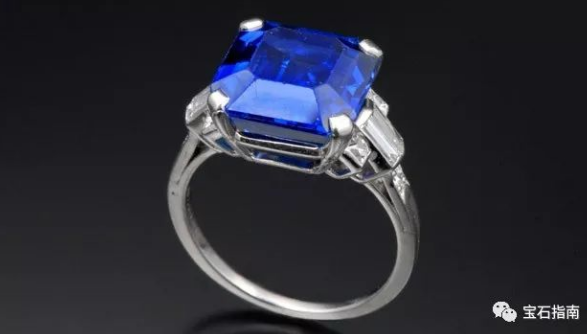
As one of the world's top five gemstones, sapphire has a hard texture and has attracted many jewelry buyers with its practicality and romantic charm. The most captivating aspect of sapphire is its blue color: vibrant and saturated, as if ignited from the inside.
The origin of sapphire has a significant impact on its value. Let's learn together below~
Indian Kashmir Sapphire
Kashmir sapphire is known as the finest among sapphires, not only having the significance of origin, but also synonymous with the best commercial grade sapphire.
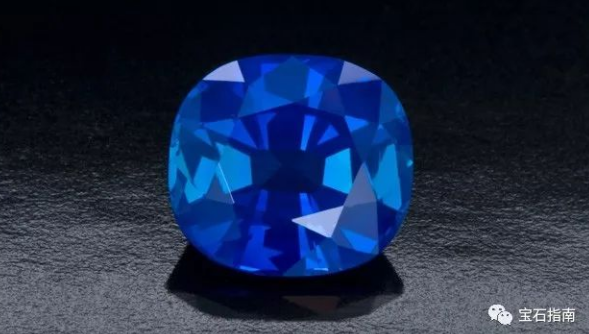
The inherent indigo blue color of Kashmir sapphire is slightly purple, known as cornflower blue in the jewelry industry. The color has high brightness and is bright and pleasing to the eye. Due to the presence of tiny dust like inclusions that scatter light, it forms a velvet like luster and belongs to a high-quality sapphire variety.
The mining area is located at the northwest end of the the Himalayas, with an altitude of more than 5000 meters. It is shrouded in dense fog all year round. The land is covered with snow. The mining conditions are extremely poor, and only three months a year can be used for prospecting. It is said that a large amount of sapphire has been mined since 1861, but it has now been stopped. The sapphire that is now circulating in the city is very precious.
Sri Lanka Sapphire
Sri Lankan sapphires and rubies belong to the same mining area, and apart from their different colors, their other characteristics are basically identical. Its color is relatively light, with a hint of purple in the blue, and the color may not be uniform enough, but it has high transparency and dispersion. The silk like package contained is thin and long, similar to the characteristics of Burmese sapphire, and can present six rays of starlight.
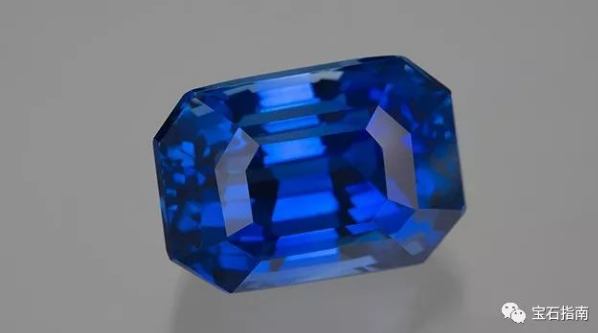
Sri Lanka has a long history of sapphire mining, reportedly over 2000 years old, and is an important sapphire producing area in the world.
Myanmar Mogu Sapphire
Burmese sapphires are famous worldwide and mainly produced in the Mogul region. Burmese sapphires, also known as Oriental sapphires, represent extremely high-quality "deep blue" and slightly purple gemstones.
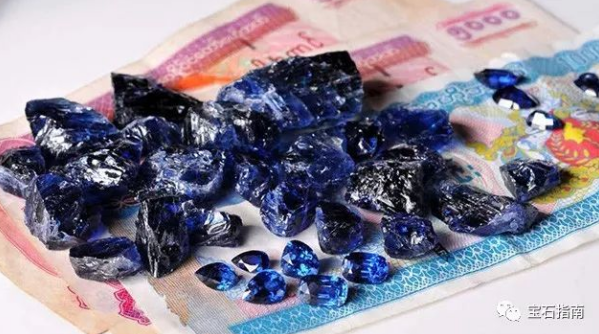
Burmese sapphires have high transparency, small cracks, and can have a pure blue color ranging from medium to deep, slightly darker than Kashmir sapphires. Like sapphire, it does not change color tone under any type of lighting (such as sunlight or light), but does not have a velvet luster.
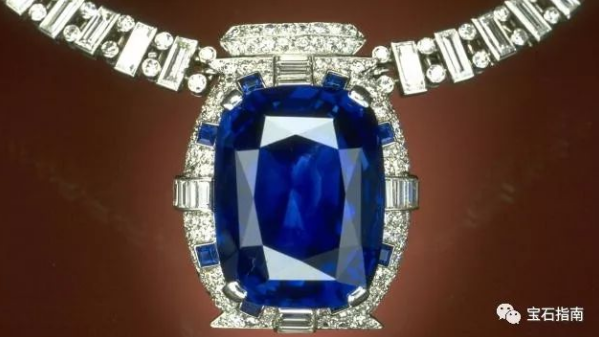
Some Burmese sapphires come in blue, yellow, gray, and white colors, often opaque. Sapphires contain filamentous inclusions that, when polished into curved gemstones, can display six or twelve rays of starlight.
Madagascar Sapphire
Madagascar sapphire and Kashmir sapphire have some similarities, both with a charming purple hue, so they often produce royal blue or cornflower blue, which are unmatched by sapphires from other production areas. In addition, the color of horse blue is exceptionally beautiful and colorful, comparable to high-quality Sri Lankan sapphires, and its transparency and clarity are also good.
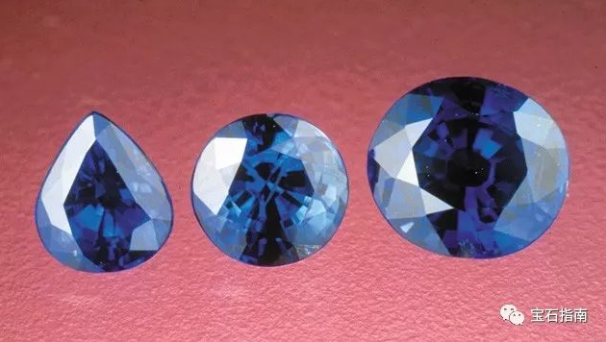
Madagascar sapphire accounts for 30% -50% of the world's production and is mainstream in Western countries such as the United States. However, Madagascar sapphire was only mined in the 1990s, and as a sapphire producing area, it is still too young for many consumers to know.
Montana Sapphire, USA
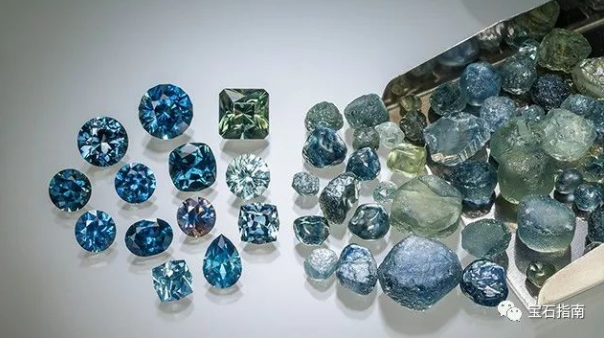
For a century and a half, sapphires have been being mined in the western part of Montana, USA. The sapphires produced here are particularly heavy, with a specific gravity of 4.0. The crystals have soft but diverse colors, especially blue-green and green blue, as well as pink, purple, yellow, dark green, and so on.
泰国蓝宝石
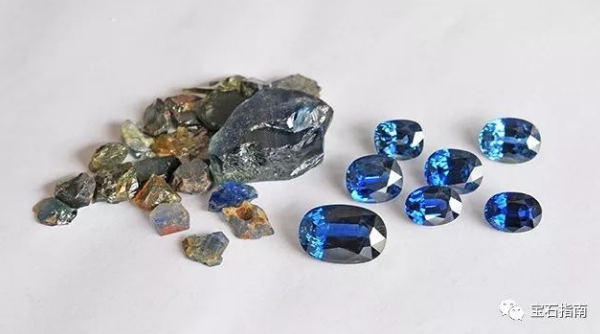
The sapphire production areas in Thailand are located in Champavari and Kangsang Raburi. The blue sapphires produced are generally darker in color, with purple and/or gray tones, and obvious hexagonal growth bands. The density of bands varies greatly within the same crystal, and there are dust like inclusions of varying concentrations in the blue bands (excluding colorless bands).
Australian sapphire
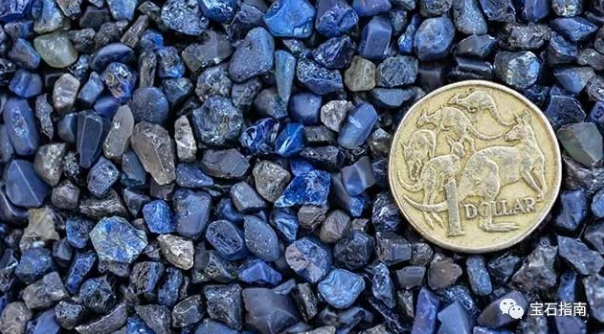
Australia is a rich producer of sapphires, mainly in the eastern part of Queensland and New South Wales. Sapphires here often contain dusty inclusions, and due to their high iron content, the gemstone color is dark, often appearing as dark blue, yellow, green, or brown close to carbon black. When the color is too dark or even close to black, the value will plummet.
Cambodian Sapphire
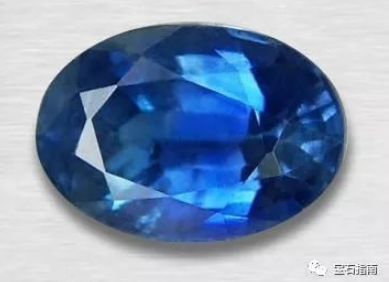
The Bailin region of Cambodia produces sapphires and rubies, which actually belong to the same mining area as the red and sapphire production areas in Champavari, Thailand. The corundum deposit in Bailin extends all the way to the Cambodian border. Accompanied by sapphire, there are red and orange spinel, a small amount of zircon, and a large amount of iron spinel. Sapphire has better color, pure blue, uniform distribution, indistinct color band, good transparency, and strong luster.
Sapphire from Shandong, China
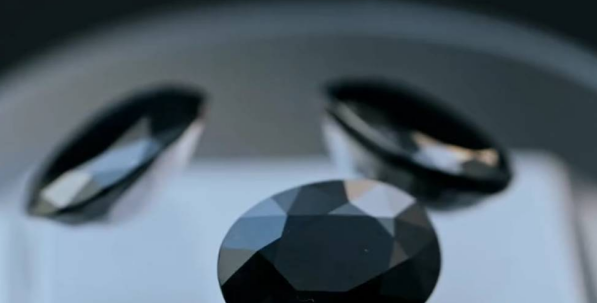
The Changle sapphire deposit in Shandong has a large distribution area and abundant reserves, which is also rare in the world. There are very few inclusions in gem grade sapphires, and besides black solid inclusions, fingerprint like inclusions can also be seen. Shandong sapphires often appear in shades of indigo blue, blue, green, and yellow that are close to charcoal black. Mainly in indigo blue, blue sapphire has a dark color due to its high iron content and often requires color modification to improve transparency. The modified sapphire has fewer internal defects and is bright, beautiful, and pleasing to the eye.

